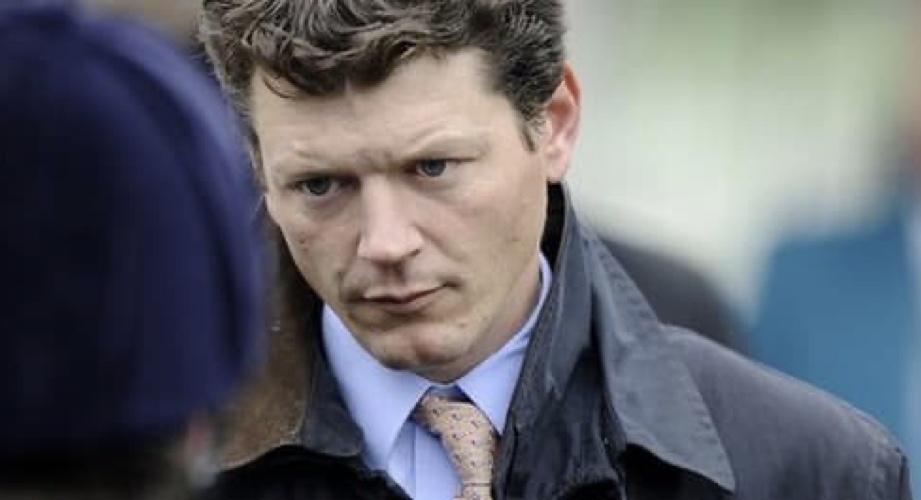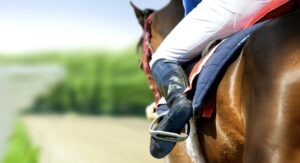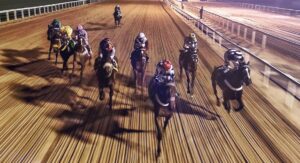Andrew Balding Racehorse Trainer – In Focus
The Balding family are racing royalty….literally. Alongside his famous sister Claire, father Ian and uncle Toby, Andrew Balding has really made his mark in the horse racing game and has followed the family tradition by training horses for The Queen. With so much experience in the family, there is sure to be particular training methods and strategies that have passed through the generations.
In this article, we try to uncover these trends and find out when Balding’s runners are primed to strike.
2 Year Olds
Andrew Balding is 26/415 (6.27%) with first time out 2 year olds for a loss of £-35.50, giving an A/E of 1.10 (8 of those winners came in September).
Salisbury is the course where Balding does best with his newcomers, with a record of 7/49 (14.29%) for £18.25 LSP, A.E 1.87 proving more than respectable.
His horses tend to learn a great amount from their debut run; 47/293 (16.04%) for £27.78 LSP, giving an A/E of 1.28. Runners having a break of 6+ weeks from their debut run do even better; 11/47 (23.40%) for £17.98 LSP, producing an A/E of 1.85
3 Year Olds
Balding’s 3 year old debutants are 13/151 (8.61%) for a loss of £-59.13, for an A/E of 1.05. Second time up when they didn’t win on debut, his runners do well, but especially so when they are making their seasonal reappearance (off for 150+ days) – 15/74 (20.27%) for £4.16 LSP, giving an A/E of 1.37.
Horse typically receive a handicap rating after 3 runs in maiden company.
His maiden to handicap switchers have a poor record; 7/127 (5.51%) for loss of £-78.92, giving an A/E of 0.55.
Courses
Trainers often display performance biases when it comes to how well they do at different courses. This can be down to a range of factors, from travelling distance to the course, the track idiosyncrasies, sentimental reasons (like to target certain races) and much more.
Balding does very well at a few tracks, which are considered the higher grade courses in the country:
3 Year Old+ Runners in Handicaps
| Course | Runners | Winners | Win S/R | P/L to SP | A/E |
|---|---|---|---|---|---|
| Chester | 91 | 24 | 26.37% | £54.83 | 1.78 |
| Newmarket | 240 | 34 | 14.17% | £34.50 | 1.54 |
| Haydock | 73 | 12 | 16.44% | £13.25 | 1.36 |
| Chepstow | 76 | 16 | 21.05% | £1.78 | 1.3 |
| Salisbury | 133 | 14 | 10.53% | -£49.67 | 0.84 |
| Epsom | 102 | 11 | 10.78% | -£23.25 | 0.8 |
| Wolverhampton | 107 | 13 | 12.15% | -£47.67 | 0.74 |
| York | 52 | 1 | 1.92% | -£46.00 | 0.2 |
*A/E denotes actual number of winners divided by expected number of winners. A figure over 1 represents good value, anything under 1 is poor value.
His record at Newmarket and Chester in particular in handicaps is impressive. He doesn’t do terribly anywhere except York, where a 1.92% strike rate and an A/E of just 0.2 (indicating that there were expected to be 5 winners based on odds, not just 1) don’t fall in line with his normal win percentages.

Last Time Out Winners
Trainers vary in their performance with horses who won their last race. Some plan well in advance, and are able to get their runners to rack up two or more victories in a row, whilst others plan solely to have their horse spot on for one day.
Balding’s performance with last time out winners depends on how much of a break they are given between runners:
Last Time Out Winners in 3 Year Old+ Handicaps
| Days Since Last Run | Runners | Winners | Win S/R | P/L to SP | A/E |
|---|---|---|---|---|---|
| 0-7 | 44 | 16 | 36.36% | £10.22 | 1.2 |
| 8-14 | 81 | 23 | 28.40% | £63.16 | 1.49 |
| 15-21 | 96 | 19 | 19.79% | -£6.17 | 1.11 |
| 22-28 | 82 | 18 | 21.95% | £16.72 | 1.16 |
| 29-42 | 56 | 5 | 8.93% | -£36.58 | 0.55 |
| 43-56 | 22 | 2 | 9.09% | -£13.75 | 0.51 |
| 57-90 | 19 | 5 | 26.32% | £10.95 | 1.68 |
| 91-150 | 15 | 5 | 33.33% | £34.00 | 2.7 |
| 150+ | 58 | 7 | 12/07% | -£22.10 | 0.79 |
There is a general bias towards those horses turned out relatively quickly when they won last time out:
- Turned out within 4 weeks – 76/303 (25.08%) for £83.93 LSP. A/E 1.24
- Over 4 weeks off – 24/170 (14.12%) for loss of £-27.48, A/E 0.90
The strike rate is higher for those turned out quickly, as is the profit and A/E.
Race Class
Balding shows an unusual bias when it comes to how his horses perform in different grades of handicaps.
3 Year Old+ Runners in Handicaps
| Class | Runners | Winners | Win S/R | P/L to SP | A/E |
|---|---|---|---|---|---|
| 2 | 690 | 83 | 12.03% | -£15.00 | 1.26 |
| 3 | 435 | 59 | 13.56% | -£17.27 | 1.07 |
| 4 | 734 | 101 | 13.76% | -£120.95 | 1.01 |
| 5 | 712 | 116 | 16.29% | -£47.14 | 1.1 |
| 6 | 309 | 34 | 11% | -£106.46 | 0.81 |
| 7 | 3 | 1 | 33.33% | £0.75 | 2.59 |
Interestingly, his runners in Class 6 company have the poorest strike rate and give the lowest returns, winning just over 80% of the races they should do based on odds. Conversely, those in Class 2 handicaps (typically big fields and competitive) give the best A/E, winning 26% more often than odds imply they should do.
With a lot of fire power, Balding tends to concentrate on his higher grade animals, and is clearly adept at getting them to win big races.
Review
- Balding is not prolific with his 2 year old debutants, but they are often fairly large prices and do win more than they are expected to based on odds. He does best in the month of September and at Salisbury.
- His horses learn a great deal from their debut runs and are prolific second time out, especially when they have been given a mini break (6+weeks).
- Again, his 3 year olds have just a reasonable strike rate on debut, but win more often than they should based on odds.
- Second time out 3 year olds making their seasonal reappearance (typically had one run a 2) do very well.
- Balding has a poor record with maiden to handicap switchers (3 runs), winning just over half the races he should do based on odds.
- He does particularly well at Chester and Newmarket with his handicappers, but has a very moderate record at York.
- Balding’s last time out winners in handicaps are best followed when turned out within 4 weeks of their victory.
- His horses have a higher strike rate and give better returns in Class 2 handicaps than Class 6 contests. This defies normal logic as the lower grade races are usually less competitive and easier to win.




